What is conflict’s role in plot? In a plot, conflict creates untenable situations that make resolution vital. It moves events in a direction. Learn more.
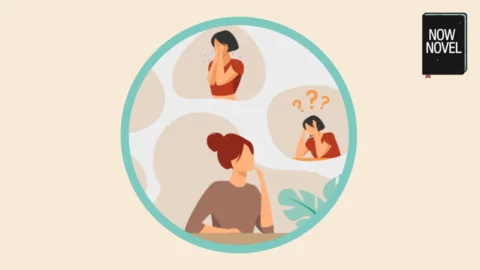

What is conflict’s role in plot? In a plot, conflict creates untenable situations that make resolution vital. It moves events in a direction. Learn more.
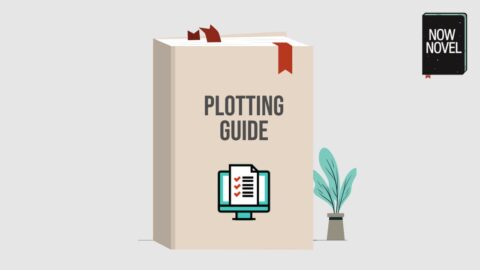
This complete guide to plotting and story structure provides resources for finding plot ideas, developing your plot and more.
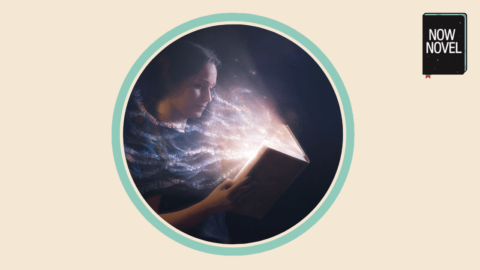
Plot and setting are two essential elements of storytelling. Read tips, examples and exercises to make time and place drive story development:
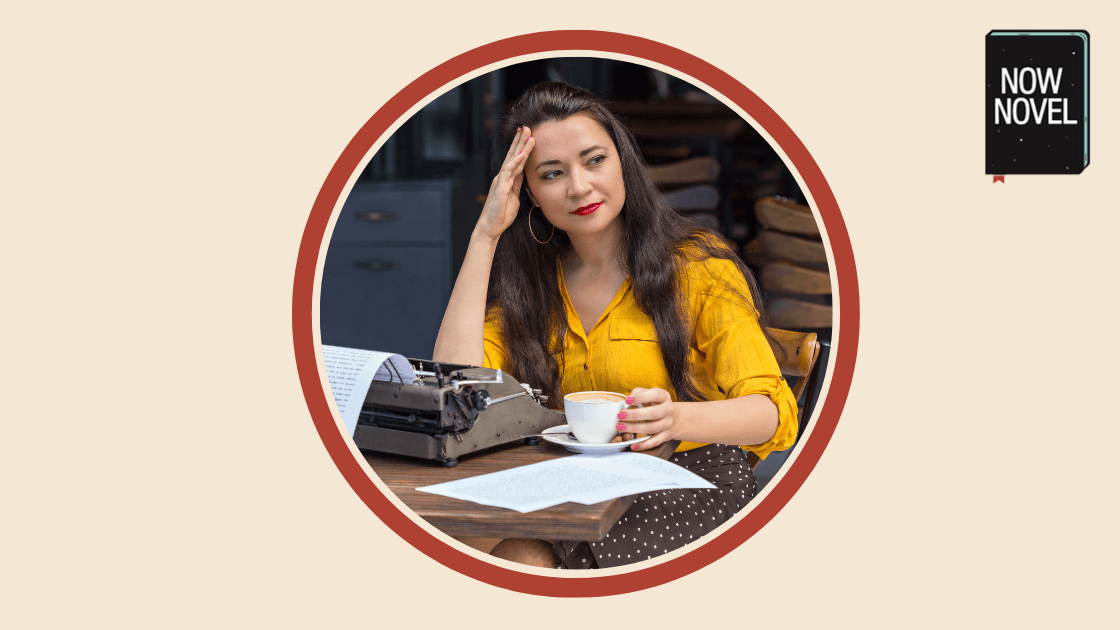
Many authors have shared interesting plot ideas, giving insights on how plot works and why it matters. Here are 6 authors’ ideas from essays and interviews about plot, and what they teach us:
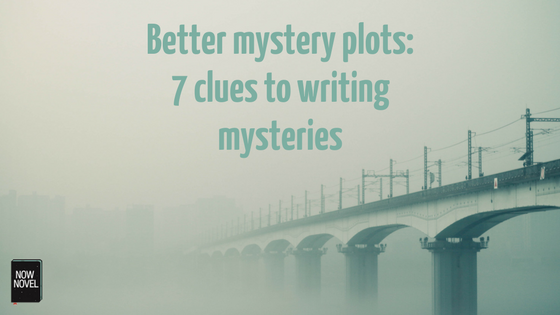
What are essential components of mystery plots besides suspicion and secrets? What can Arthur Conan Doyle and cult classic TV mystery series teach us about writing better mysteries? Read 7 clues for writing your own engrossing puzzler:
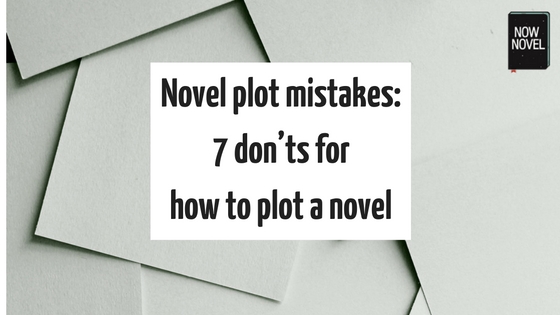
Plot weaknesses can derail a story and leave readers feeling unfulfilled and frustrated. Plot holes, unexplained departures from the established rules of your fictional world and other quirks can ruin a promising book. Here are 7 don’ts for how to plot a novel:

Depending on which survey you read, adults buy anywhere from 55 to 80 percent of YA novels, and they make a substantial number of those purchases for themselves, but why is YA fiction writing for all ages? Here are a few reasons along with writing tips that writers of all types of fiction can take from YA’s global success.
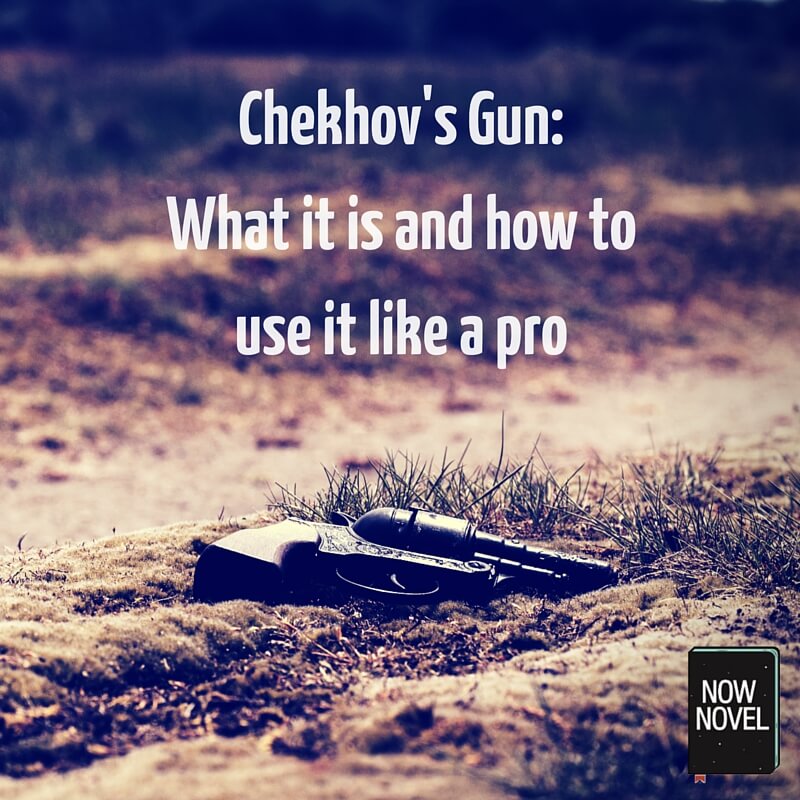
‘Chekhov’s Gun’ is a concept that describes how every element of a story should contribute to the whole. It comes from Anton Chekhov’s famous book writing advice: ‘If you say in the first chapter that there is a rifle hanging on the wall, in the second or third chapter it absolutely must go off. If it’s not going to be fired, it shouldn’t be hanging there.’